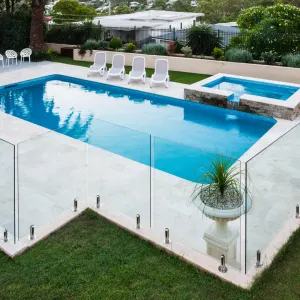How To Clean Your Pool Chlorinator Cell
By Clark Rubber | 18th October, 2022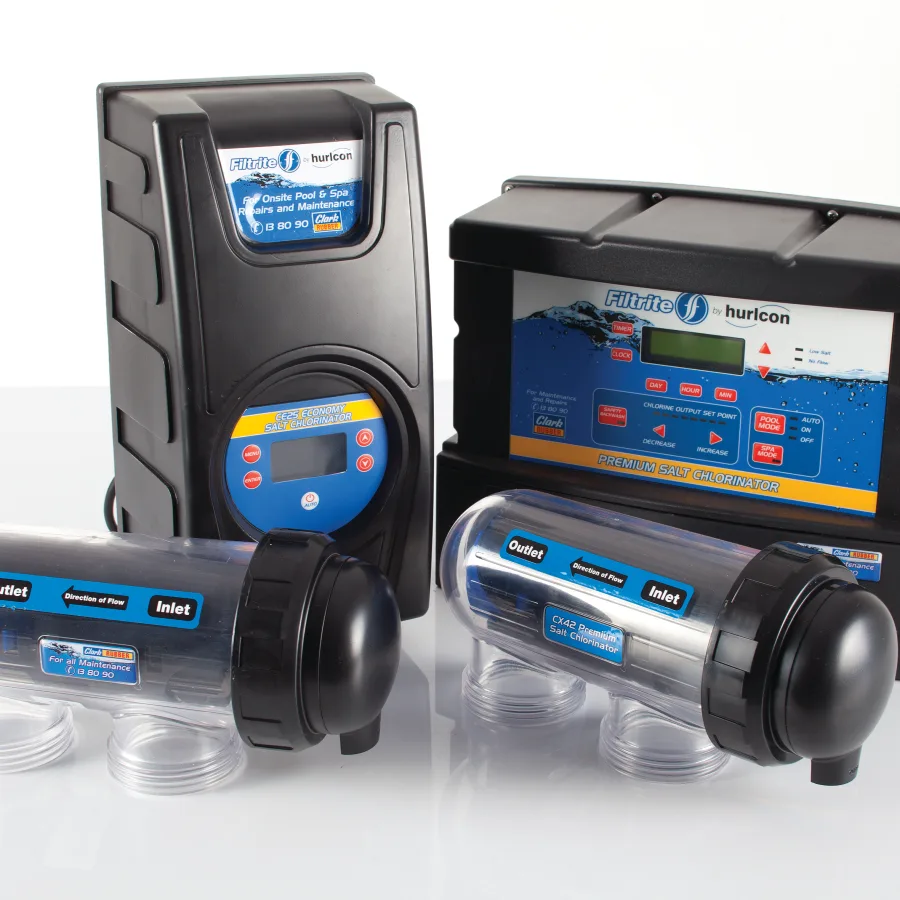
What is a Pool Chlorinator Cell?
A salt water chlorine generator is critical part of every salt water pool. It automatically produces a chlorine sanitiser that keeps your pool water clean and safe.
A salt water chlorinator features a “salt cell” which is the component that coverts the salt water into chlorinated water using the process of “electrolysis”.

Where does Calcium scale come from?
Calcium is commonly found in the municipal water supply and naturally finds its way into a swimming pool when it is filled up. Therefore Calcium is always present in your pool and it is essential that levels are monitored to ensure the correct water balance is achieved.
An excessive level of calcium in your pool is generally due to an imbalance in your pool water, and it can result in white, scaly build-up on pool surfaces and equipment that can damage them and reduce the performance and life span of the product or surface.
How does calcium scale build up on a salt cell?


When excessive levels of calcium are in the pool it will find a place to settle and a Calcium bloom will then continue to grow and build-up. A common place for calcium build-up to occur is on the “salt cell”.
The type and age of the salt cell you have on your chlorinator and the amount of calcium in your pool water, will determine the amount of calcium that builds up on the cell.
Some chlorinator salt cells have a “reverse polarity” function that is often referred to as a “self-cleaning” function. These types will automatically change the polarity of the electrolysis plates to repel the calcium build-up. This technology can assist with cell maintenance and therefore cell performance.
Whether yours is a self-cleaning cell or not, all cells require close monitoring and maintenance to ensure they are in the best condition for chlorine production.
What are the impacts of a Calcified salt cell?
When a calcium build-up occurs on a salt cell, it can damage the cell, reduce the flow of water and the production of chlorine sanitiser for your pool. When chlorine production is impacted it can create conditions conducive to algae and bacteria spreading through your pool. A calcified salt cell can also lead to a reduced life span which could lead to an early replacement.
Keep your cell clean with Proactive Maintenance:
The best ways to prevent your salt water cell from clogging up with Calcium scale is to keep your pool water balanced, so we encourage regular professional water tests to monitor pH levels, Calcium hardness levels and to keep the water balanced.
Whilst cleaning a cell to remove the calcium is critical for efficient chlorine production and long service life, it is best to practice proactive cell maintenance so as to reduce the damage or wear that can occur on a cell from manual cleaning, such as the wear of the precious metal coating on a chlorinator’s salt cell.
Filtrite Guardian 3-in-1 is a scale inhibitor and surface protectant. It is a multi-function product designed to protect your pool equipment, the surfaces of your pool and to improve your general water quality.
Guardian 3-in-1 also creates superb water clarity by ensuring Calcium remains in solution and will prevent it from building up on salt water chlorinator cells, thereby increasing the efficiency and life span of your chlorinator.
What you’ll need to clean your cell and keep it clean:
Concentrated Salt Cell Cleaner
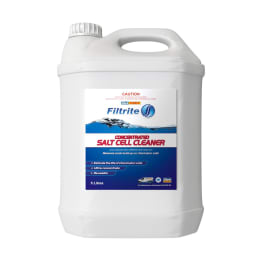
Clean-A-Cell Salt Water Chlorinator Cell Cleaning Jug
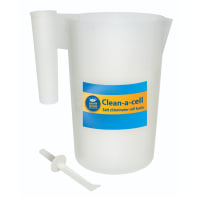
Filtrite Guardian 3-IN-1 Pool Protectant and scale inhibitor
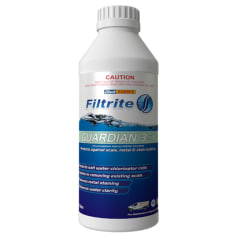
Steps to clean your salt cell and keep it clean:
Keeping your salt cell clean and free of calcium build-up is easy once you know how to do it and know what products to use. These steps will keep your salt cell in the best possible shape and ensure optimal chlorine production:
Step 1: Have your water professionally tested at your local Clark Rubber store before commencing any chemical treatments. This will help determine any water balance issues to be corrected.
Step 2: Turn off chlorinator. Remove cell from chlorinator housing.
Step 3: Immerse the cell in warm water before chemical treatment.
Step 4: Pour Filtrite Concentrated Salt Cell Cleaner into the Clean-A-Cell Cleaning Jug. Immerse the salt chlorinator cell in the Cleaning Jug and leave it for around 15-30 minutes.
Step 5: Use the safe plastic scraping tool included with the Clean-A-Cell Cleaning Jug to dislodge the calcium build-up. Never use any metal implements or metal brushes to dislodge calcium. Heavily encrusted cells may require further treatment.
Step 6: Reinstall the salt cell.
Whilst the Filtrite Concentrated Salt Cell Cleaning solution can be re-used, best results will always be obtained by using a fresh cleaning solution. NOTE: It is important that you don't use hydrochloric acid to clean the cell, as this can damage the precious cell plate coatings and shorten the service life of your cell.
Step 7: Commence a regular proactive maintenance regime with Guardian 3-in-1. Apply 250ml of Guardian per 50,000L of pool water once a month.
If you have any questions about your pool maintenance, get in touch with the team at Clark Rubber. We can also test your water and provide expert advice on how to keep it clean. We can also do the work for you with our Onsite Pool Care service.
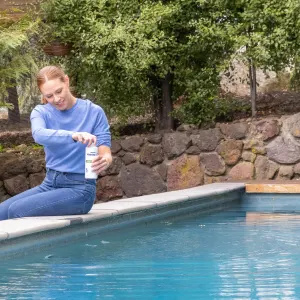
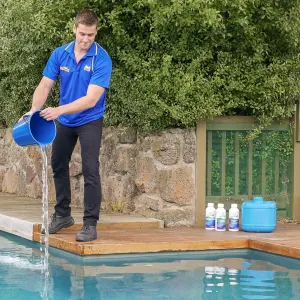

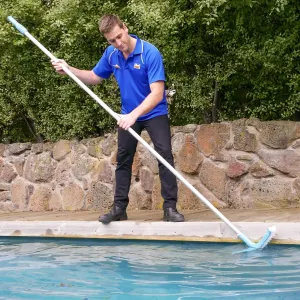
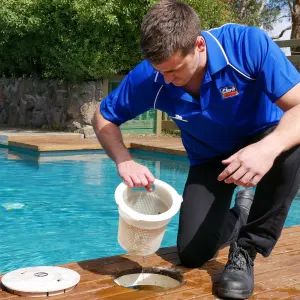
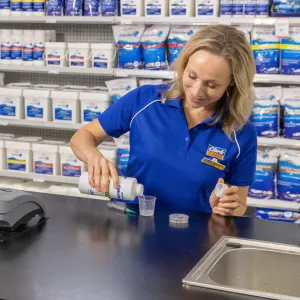
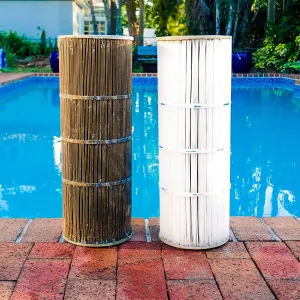
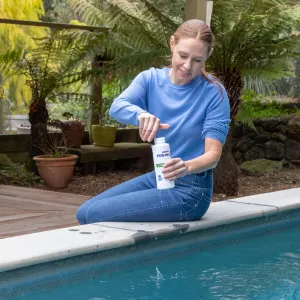
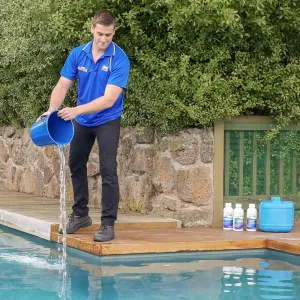


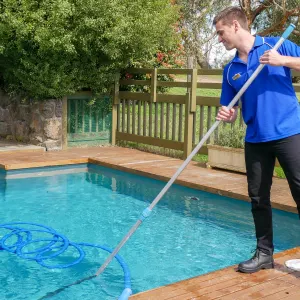
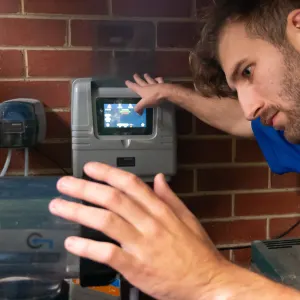
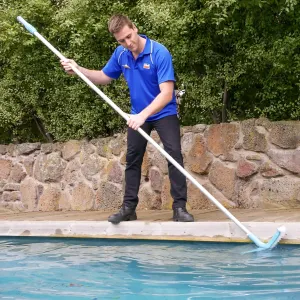

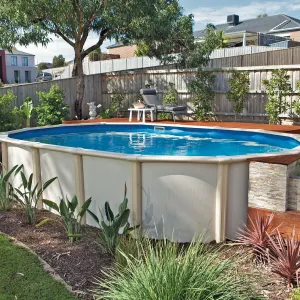

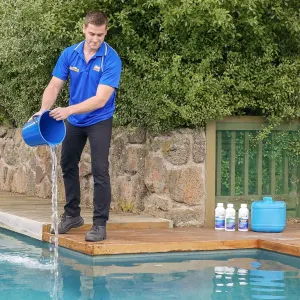
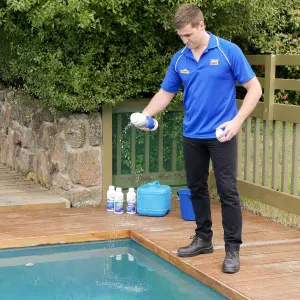
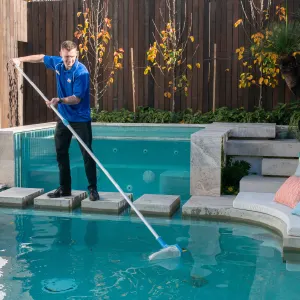
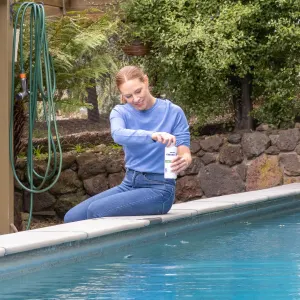
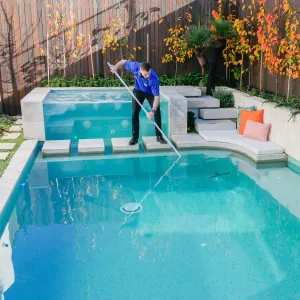
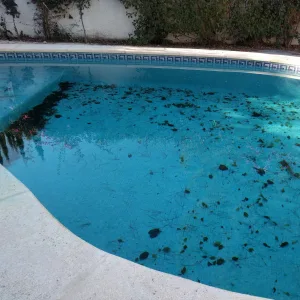
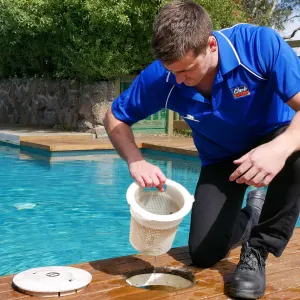
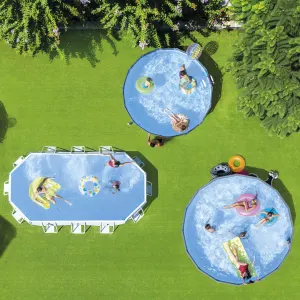
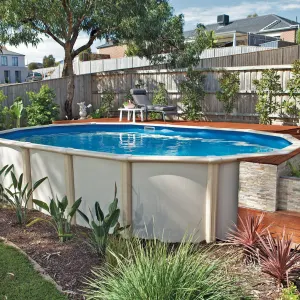
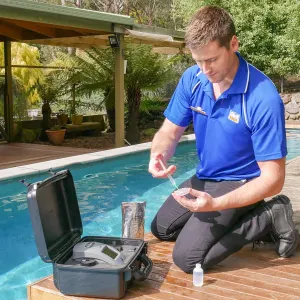
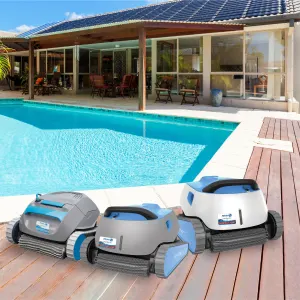



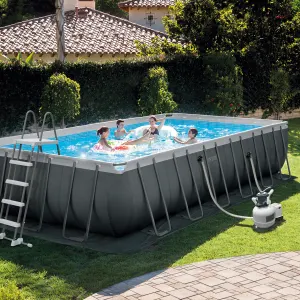

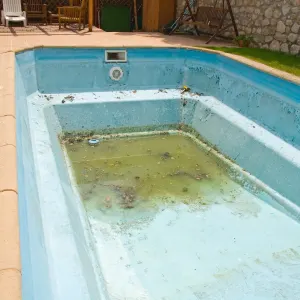
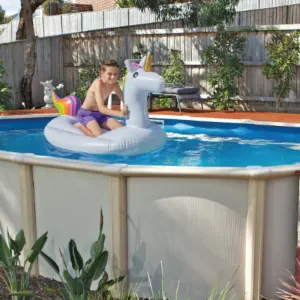
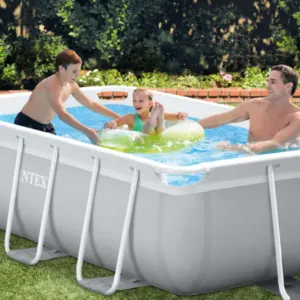

.webp?f=png&w=300&h=300)

.webp?f=png&w=300&h=300)
